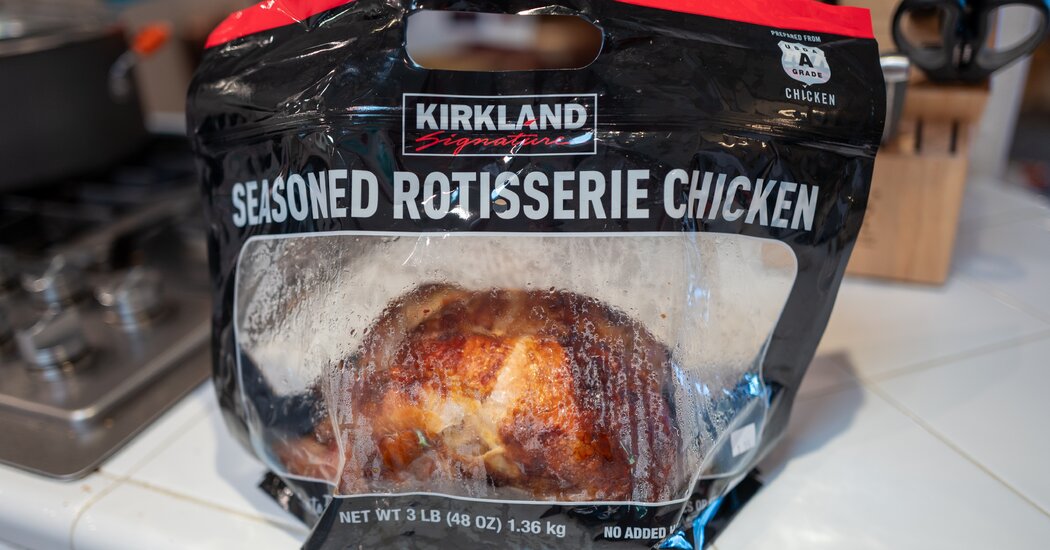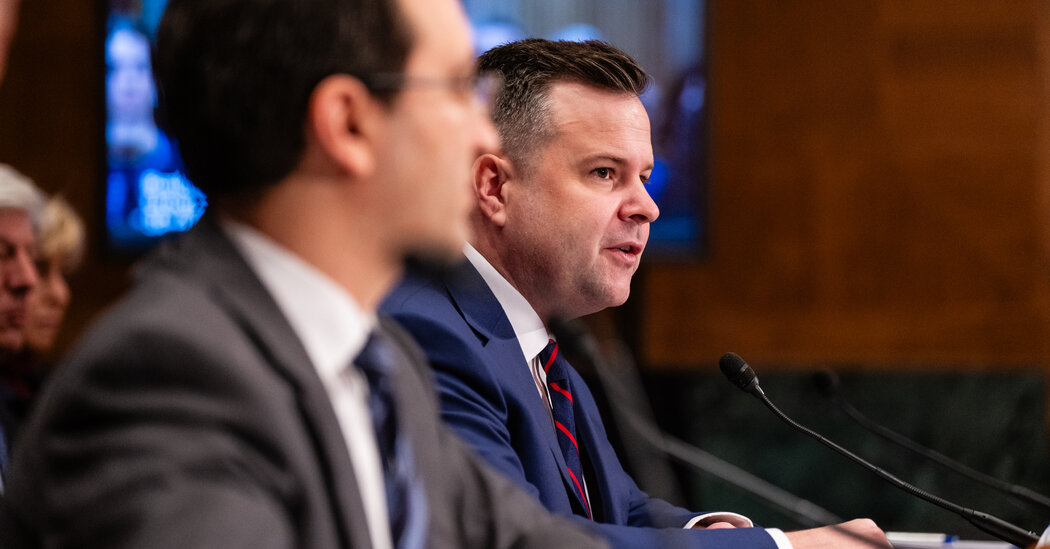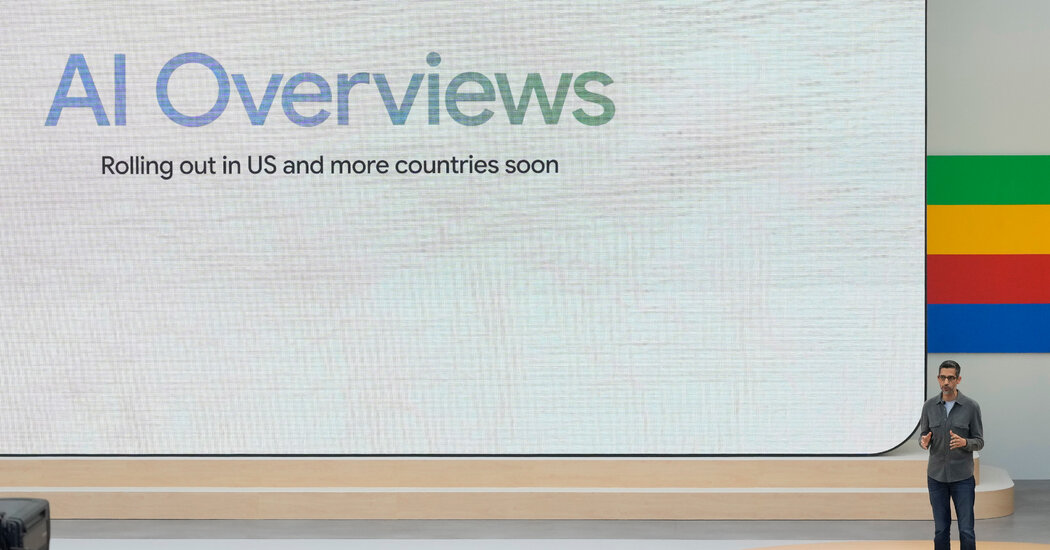When Costco tried to cut down on its plastics use earlier this year, putting its popular rotisserie chicken in a thin bag instead of a bulkier clam shell, some chicken lovers were displeased.
The bags were leaky, they said, and risked making a greasy mess. Their edges were prone to splitting open. “Chicken juice spilled all over the trunk of our car!” one person complained on Reddit.
Welcome to the packaging wars.
There is broad agreement that the world needs to use less plastic. Plastic waste is filling the world’s landfills and clogging rivers and streams. Recycling hasn’t kept up; less than 10 percent of plastic waste gets recycled. Plastic can also contain chemicals linked to cancer and other health problems.
Reining in plastic packaging — often used only once, then thrown away — is an obvious first step. But putting that into practice has been tricky for businesses, policymakers and shoppers. Everyone has an opinion.
“You can see experiments all over the landscape with it,” said Sandra Goldmark, a sustainability expert at Columbia University’s Climate School. “Right now many of the experiments are not working that well. We haven’t really cracked this nut.”
Costco’s rotisserie-chicken-in-a-bag was a classic example of solution that’s “less bad,” she said. “But the funny thing about less-bad solutions is that it tends to disappoint everybody,” she said. “It’s less plastic. It’s fewer trucks on the road. But the chicken is still in a plastic bag, and there’s chicken juice all over your car.”
Take a proposed New York state law that would require companies to reduce the plastic packaging they use by 50 percent over 12 years by requiring them to either find more sustainable options or pay a fee.
Opponents of the law pointed out that it could mean the demise of another American institution: sliced cheese. The plastic-to-cheese ratio in packs of individually wrapped cheese slices meant they’d be a prime target, should the law pass, they said.
“Under this bill, New Yorkers can expect a future where they’re grabbing unwrapped products — from cereals, to cheeses, to hot dogs — from grocery store bins before buying them and carrying them home,” Nelson Eusebio of the National Association of Supermarkets told The New York Post. The bill passed the Senate but hasn’t been brought to a vote in the Assembly.
Bill supporters scoffed and said there were alternatives available, like using paper.
“It’s clear that some multibillion-dollar corporations and their lobbyists are not ready for the world-shattering concept of separating cheese slices with wax paper,” said Judith Enck, the president of the advocacy group Beyond Plastics.
Four other states — California, Colorado, Oregon and Maine — have adopted laws designed to cut down on packaging. States and cities are also increasingly banning single-use plastic bags. New York state and Baltimore have sued plastic manufacturers for harming public health and the environment by promoting single-use plastic.
Some companies are starting to make changes.
Last month, Amazon said it would replace its plastic air pillows, designed to cushion products during shipment, with recycled-paper packing, a move that would avoid the use of almost 15 billion pillows a year. Bath & Body Works recently introduced hand-soap refills in paper cartons. In Britain, Aldi, the grocery chain, is experimenting with paper bands to package bananas instead of bags, and is also selling wine in paper bottles.
Companies are also experimenting with making plastic recycling easier. In the United Kingdom this year, Coca-Cola, which has been targeted by environmentalists as a top plastic polluter, tested plastic Sprite bottles without the stick-on labels that can make recycling harder. Instead, the bottles carried an embossed logo.
“There are so many trade-offs” that make designing sustainable packaging complicated, said John Thøgersen, a an expert in green consumption at Aarhus University in Denmark. For example, people might assume glass bottles are more environmentally friendly than plastic, but they aren’t necessarily, because it can take more energy to transport heavier glass bottles.
Food waste, which is damaging to the climate, is another consideration: Yogurt sold in larger tubs requires less plastic than single-serving cups, but research has shown that people who bought tubs also tended to throw out more yogurt.
And of course, there’s functionality. Some shoppers appeared to have used Costco’s old rotisserie chicken packaging in place of a plate.
To eliminate plastic waste, companies need to do one of two things, experts say: develop truly biodegradable or recyclable materials, still a work in progress, or move toward reusable or refillable packaging. Costco, for example, could have its shoppers bring a reusable chicken container back, over and over again. Bulk stores that let people take home nuts and grains in their own containers are another example of this approach.
Costco says its chicken bags would save 17 million pounds of plastic every year. Dr. Goldmark of Columbia University said that outcome would be commendable.
“You don’t want to have perfect be the enemy of good,” she said. “Yet we can’t lose sight of the fact that ‘less bad’ might not be enough.”



